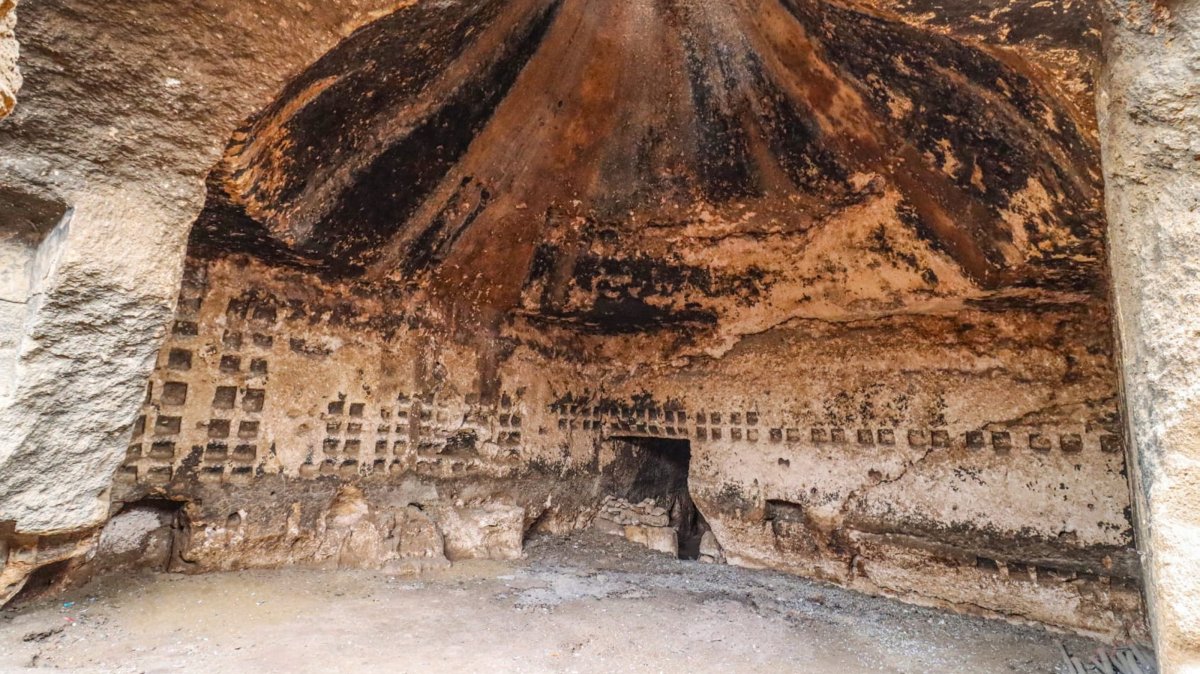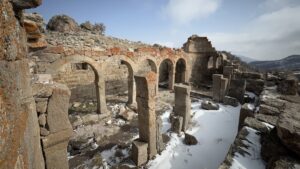Ancient Roman-era columbariums in the Haliliye and Bozova districts of Şanlıurfa are being officially recorded in the cultural inventory, local authorities announced on Saturday.
Governor Hasan Şıldak said in a social media post that the underground structures used to store urns containing the ashes of the deceased are part of the region’s historical heritage.
As part of the Cultural Inventory Project, Şıldak noted that the columbariums date back to the Roman period and are among the rare examples found in Anatolia.
“These underground structures contain niches designed for placing urns, preserving the memory of the deceased,” Şıldak said.
A columbarium is an underground structure used for storing urns containing the ashes of the deceased. Originating in ancient Rome, these burial sites were often carved into rock or built as chambered vaults, featuring small niches where urns were placed.
The term columbarium comes from the Latin word columba (dove), as the rows of niches resembled dovecotes.
Columbariums were common in Roman funerary practices. They provided a communal and organized way to honor the dead, particularly for middle- and lower-class citizens who could not afford elaborate tombs.
Some columbariums were privately commissioned by families or burial societies, while others were state-sponsored. Similar structures have been found in various parts of the world, but well-preserved examples remain relatively rare.




















































Be First to Comment